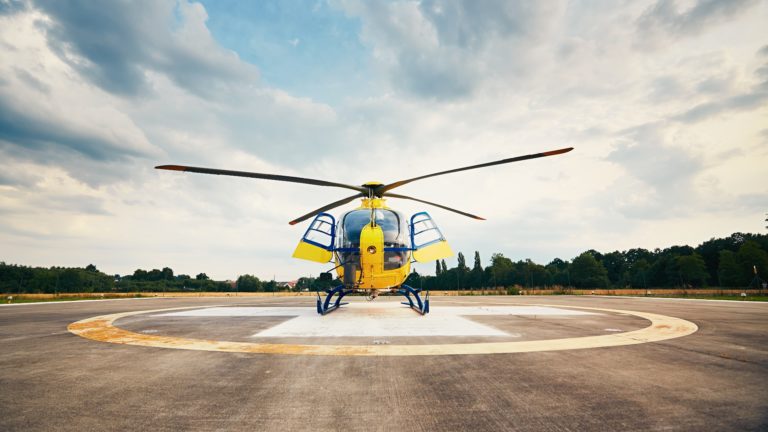*This document examines Air Ambulance surprise costs and slightly touches on the reasons for the for-profit price hikes, however does not address international air ambulance flights, which appears to not be regulated by any means.
ASPE | Office of Health Policy
Available evidence suggests that air ambulance transport isincreasing. Recent
federal legislation and regulation address surprise billing and data gaps.
Gina Turrini, Joel Ruhter, Andre R. Chappel, and Nancy De Lew
KEY POINTS
- Air ambulances are typically used to transport patients from the scene of an injury or anaccident
to hospitals, or between hospitals, particularly in criticalsituations when the time to treatment is
urgent or when patients cannot safely travel by ground ambulance transportation. - While the number of air ambulance transportsis low – roughly 1 per 4,000 privately insured
people per year and 1 in 350 Medicare beneficiaries – available evidence suggests there has been
an increase in bases (where aircraft are stationed, typically airports or helipads) and
providers/suppliers* (particularly independently owned and operated companies) in recent years and a shift towards for-profit entities. - Patients typically do not have a choice in air ambulance providers, and providers often do not
inquire about insurance, leading to the potential for large out-of-pocket costs for privately insured
or uninsured patients. Air ambulance providers are not allowed to send balance bills (when an
out-of-network provider bills an individual for the difference between the billed charge and the
amount paid by their plan or insurance) to Medicaid or Medicare patients but privately insured
individuals do not have the same protections against balance bills for air ambulance transports. - A Government AccountabilityOffice Report found that in 2017 the median price charged for a
rotary wing (e.g., helicopter) ambulance transport was $36,400 versus $40,600 for a fixed-wing
(e.g., airplane) ambulance transport. The Airline Deregulation Act of 1978 prevents states from
regulating prices charged by air carriers(which includes air ambulance transport). - The No Surprises Act, a component of the Consolidated Appropriations Act, 2021, addresses
surprise air ambulance bills, effective January 1, 2022. Privately insured patients will pay only the
deductibles and copayment amounts that they would have paid for in-network air ambulance
providers, and balance billing will not be allowed. - Information has been limited on air ambulances and their charges. The No Surprises Act
addresses this issue by requiring reporting by air ambulance companies and health plans on cost,
quality and other data to the Departments of Transportation and Health and Human Services.







